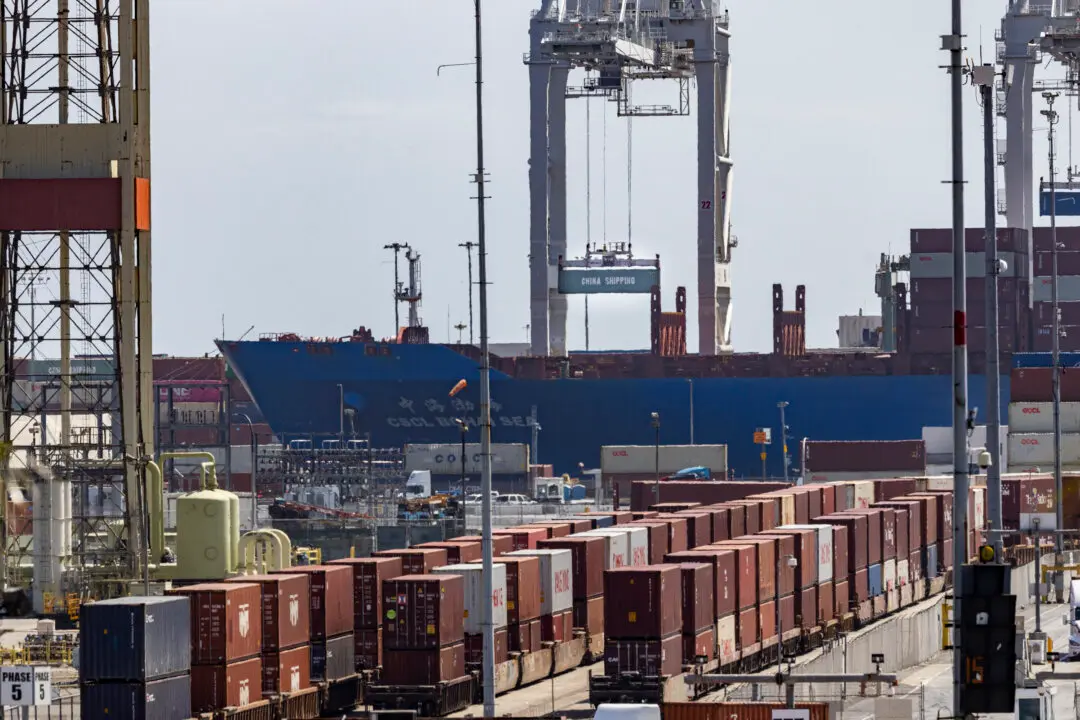Michael S. Barr, the Federal Reserve’s vice chair for supervision, outlined a sweeping initiative to bolster capital requirements for the nation’s largest banks to enhance the resilience of the U.S. banking system.
The main proposal is mandating the largest banks to hold an extra two percentage points of capital, or an additional $2 of capital for every $100 of risk-weighted assets. Other suggestions include forcing banks with $100 billion or more in assets to account for unrealized losses, expanding and broadening annual stress tests, and installing a global bank capital agreement.





